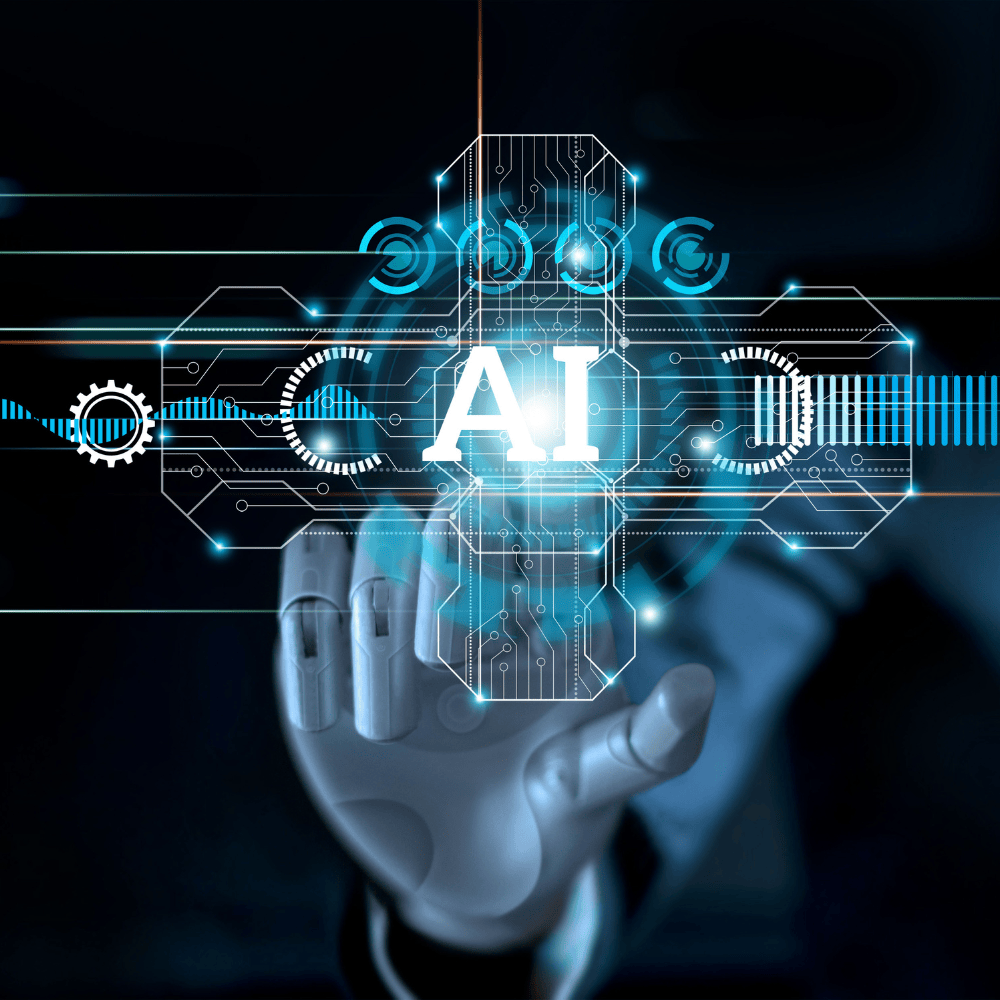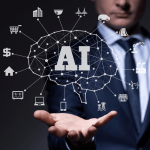Ai is making its print everywhere. They can perfectly make artwork, talk and walk like humans in real-time chat. On a specific prompt, they are making long text documents like the revolution brought by Chat-GPT. For many years, professionals are making full use of AI in their legal and accounting. But the current state of AI that is generative AI is making its every scene. ChatGPT and Bing’s AI are now successfully integrated into their search engine.
What generative AI does are the things that professionals are already doing for example getting specific data about facts and figures, underlying certain issues of regulation, and making documents. But people do have some valid queries. Queries like Is it trustworthy? Is it ethical to use ChatGPT? What are the data sets on which these chatbots are trained?
This article will gather some useful information about the basics of artificial intelligence and machine learning. What it is about and how it structures the data? Where and how have we all been using AI for years? Fasten your seat belts and let fly to the world of information.
What is generative AI?
Creating data from scratches like music, audio, images, or natural language is the core specialty of generative AI. It is the subfield of artificial intelligence. Working on a variety of techniques like probabilistic modeling, deep learning algorithms, and neural network to give a unique output. Generative AI perfectly automates everyday tasks, brings out creativity, and creates custom product versions as per the customer’s needs.
What you need to know about generative AI
Generative AI enhances the overall business environment by increasing its efficiency, speedy complex content creation, and providing personalized experiences to customers. A well-known example of generative AI is the ChatGPT which most consumer knows better and can productively make use of it.
What is a chatbot?
Another term that circulates more today is the chatbot. A chatbot is a computer program that works on natural language processing (NLP) to solve any type of human query humanly. Commonly, a sidebar pops up where a human gives put their common question to be answered perfectly. If the question asked by the user is complicated and the chatbot isn’t trained to answer that it will connect you to a live representative.
Recently, the introduction of a Large Language Model (LLM), such as ChatGPT, is an army in itself. What these chatbots can do, is answer every question that is circulating in your mind regardless of a specific area.
What is a GPT?
Mostly, we hear GPT, what does it mean? GPT stands for Generative Pre-Trained Transformer. Is a specific and advanced model architecture by OpenAI. It is called Generative because of the new data that it provides as an output based on the input given. Pre-Trained denotes that it is already trained upon such data. Transformer signifies that it is a specific kind of AI data model, that Google invented in 2017.
The Large Language Model (LLM), refers to some big language models created by scholars and organizations like Google Bidirectional Encoder Representations from Transformers (BERT) model. GPT is a specific example of that large language model.
What you need to know about GPTs
Nowadays, the famous GPT you may know is the ChatGPT which can assist you in every writing material. It can write specific emails, or add some thrilling ideas to already available movies or scripts. Moreover, some of the most well-known GPTs have been those that generate text, a GPT may be built on other substantial datasets and output in different forms. GPT-based websites is assisting users in many ways in creating artwork, specific celebrity audio, or video according to the consumer’s input.
This technology has some huge potential use for professionals. It’s rapid change the whole working environment where most of the public are just consumers
What is a prompt?
A prompt is that specific user input that from where LLMs and GPTs start. The input of a user is a natural language that could be a question or some other sentence. These generative tools process the input and provide output accordingly. The input is the prompt and the output is the response.
What you need to know about prompts
As discussed above, a prompt is the interaction of the user with these AI tools. The more explanatory is the prompt, the better would the tool will answer. Professionals who know the right way to give prompts would have an edge in gaining creative and in-line responses through the tool.
Most of the critiques say that with the excessive use of these prompts, many of the professionals will be limited only to “prompt engineers”. But the reality is, whatever could be done, a human insight, way of interaction, and handling everything would be required. To craft every question right according to the needs, a human touch is required to give it a natural and interactive tone.
Is AI trustworthy?
AI is just a machine it can make mistakes as humans do. We can call human mistakes a human error but AI mistakes would be called systematic error that’s the difference. I developing a trust level, the key to transparency lies in the data that AI works on. Every user that is either a stakeholder or a developer needs to have confidence in the output the AI tool provides. Similarly, there is in need to cross-check the AI data against the data they have gathered through their expertise and knowledge.
AI making headlines in 2023
On 14th March 2023, after ChatGPT, OpenAI released a new version that is ChatGPT-4. This new version is the more advanced form of ChatGPT with a paid subscription. Interestingly, Bing Chat backed by Microsoft uses ChatGPT-4 now available for everyone to access. Some of the core updates that ChatGPT-4 has brought are:
- Accept images with text.
- Up to 32,000 longer text processing which makes up approximately 52 pages.
- 60% fewer illusions and more factual output.
As the thought of wholly trusting these AI tools is still circulating the globe. Some tech industries signed an open letter in late March of this year and suggest giving a pause of r at least 6 months for more updates after ChatGPT-4. The crux of the letter is that some more powerful and advanced AI tools should be developed after we develop our complete confidence, its positive and negative effects, and risk management.
The letter named as, the Future of Life Institute, is signed by some well-known people like Steve Wozniak (Co-founder of Apple), Elon Musk, Eric Schmidt (Former CEO of Google), and Tom Gruber (who helped designed Siri).
What should I expect from AI in the future?
With the creation of the GPT model a few years ago, AI technology is entering a new era with a massive number of new consumer options. With each passing year, the AI landscape would be different and with another year, it would different.
But one thing would remain constant. The need for human insight and expertise on both the creation and user sides. These AI solutions will change for professionals and something that today we see as impossible, tomorrow would be much possible.
Conclusion
What it means is don’t follow these AI tools blindly but take the assistance of experts. The AI tools can guide you perfectly but cannot provide what you need in many cases. I don’t mean that they cannot be trusted, but they work on trained data. Such data could help you in some cases but not in others. There you will need assistance which you can get from professionals. Use AI tools to get things started or for idea generation, it will enhance your idea and will a touch of creativity.
FAQs
What is the current state of artificial intelligence?
The current state of AI technology lies in the theory of mind state. In this theory, machines can read, write, and decide as humans do. Currently, it looks like AI has a mind like humans.
What is the current status of Artificial Intelligence and how is it impacting technology?
Artificial intelligence takes the central role and is today’s reality for businesses and industries. AI has successfully improved efficiency, reduced human error, and efforts, and can extract big data in a short period.
What changes are expected in the AI technology?
Besides reducing operation costs and money, it has improved healthcare facilities, helping medical institutions by providing better tools and treatment methods. AI has provided access to enormous amounts of data and life-changing possibilities.
What are the current problems that AI can solve?
Here are some of the problems that can have solved successfully.
- Transportation.
- Learning and Training.
- Healthcare.
- Wildlife Conservation.
- Hiring
- Research and Development.
- Renewable Energy Sector.
- Logistics and Operations.
What is the most common problem with all AI solutions?
Some of the common challenges AI is facing today are:
- Trust Deficit
- Limited Knowledge
- Human-level
- Data Privacy and Security
- The Bias Problem
- Data Scarcity



